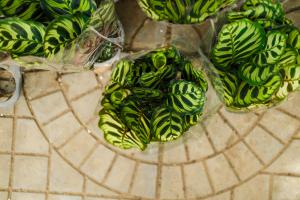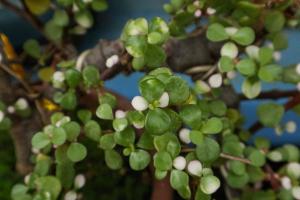How to Lower pH of Tap Water for Plants
Tap water is often alkaline, meaning that it has a high pH level. While we may be fine drinking this kind of water, it may not be ideal for our plants. Most plants require a slightly acidic environment to thrive. Fortunately, there are ways to lower the pH of tap water to make it more suitable for your plants. Here are some methods you can try:
1. Use Vinegar
Vinegar is an excellent natural acidifier that can be used to lower the pH of tap water. White vinegar, in particular, is a great choice, as it contains acetic acid, which is safe for plants. To use vinegar, simply add a few drops to a gallon of tap water and mix well. You can test the pH of the water using a testing kit and adjust the amount of vinegar accordingly.
2. Add Citric Acid
Citric acid is another natural acidifier that can be used to lower the pH of tap water. You can buy citric acid powder online or in specialty stores. To use, dissolve a small amount of citric acid powder in a gallon of water and mix well. Test the pH of the water and adjust the amount of citric acid as needed. Be careful not to add too much citric acid, as it can harm your plants.
3. Use Peat Moss
Peat moss is a natural soil conditioner that can help lower the pH of tap water. It contains an organic compound called sphagnum that can make soil more acidic. To use peat moss, mix it into your soil before planting your plants. You can also add a small amount of peat moss to your water before watering your plants. This will help lower the pH of the water over time.
4. Install a Water Filter
A water filter can help remove minerals and other contaminants from tap water, which can help lower the pH of the water. There are several types of water filters you can use, including activated carbon filters, reverse osmosis filters, and distillation filters. Each type of filter has its own pros and cons, so do your research before deciding which one to use.
5. Use Rainwater
If you live in an area that receives a lot of rain, you can collect and use rainwater to water your plants. Rainwater is naturally acidic and has a pH level of around 5.5. This makes it an ideal choice for plants that require an acidic environment. To collect rainwater, simply place a container outside during a rainstorm and use it to water your plants later on.
Lowering the pH of tap water for plants may seem like a daunting task, but it is actually quite simple. By using one or more of the methods outlined above, you can create a more suitable environment for your plants to thrive.

 how many times do yo...
how many times do yo... how many planted tre...
how many planted tre... how many pine trees ...
how many pine trees ... how many pecan trees...
how many pecan trees... how many plants comp...
how many plants comp... how many plants can ...
how many plants can ... how many plants and ...
how many plants and ... how many pepper plan...
how many pepper plan...





























